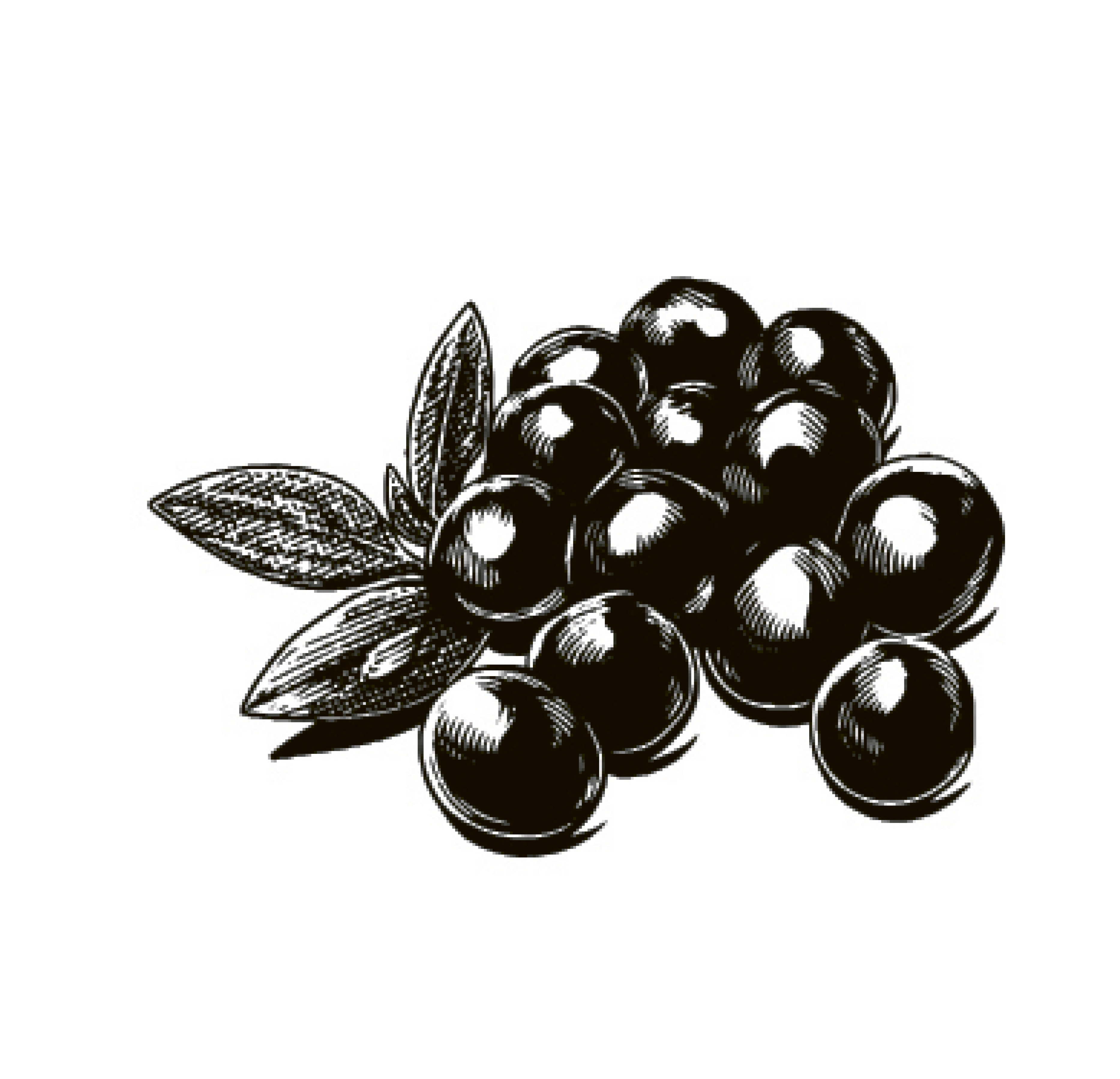Diaspora
Dinners
Sago Gula Melaka
Jenny Linford

A hungry nostalgia for the foods of countries I grew up in was a driving force in my becoming a food writer.
Born in London to an English father and a Singaporean mother, I lived for a number of years as a child in Singapore and Italy – two places with strong, democratic food cultures where good food is both taken for granted and relished as a pleasure.
Singaporean cuisine is a vibrant, multi-faceted affair containing many diverse strands, including Chinese, Malaysian, Indian, and Nonya.
Among my vivid memories from Singapore are heading out with my mother in the dark, velvety warmth of a tropical night to al fresco hawker stalls where we would walk around choosing from an array of freshly cooked dishes – such as char kway teow (fried fresh rice noodles) – what we wanted to eat for a quick, easy meal that night.
Moving to Florence as a teenager introduced me to the many pleasures of Italian cuisine: gelato – I remember my amazement at this delicate, apricot-hued ice cream which actually tasted of fresh peaches – slabs of chewy, salty, olive-oily focaccia, still warm from the baker’s oven; the garlicky happiness of a porchetta panini from a market kiosk.
Looking back, I realise these experiences widened my food horizons enormously and gave me a curiosity, interest, and respect for food as something that is deeply expressive of place and culture.
During my 20s, inspired by my time abroad, I found myself seeking out what were in the 1980s hard-to-find ingredients in London: lemongrass, tofu, ricotta, fresh basil. In those days, British supermarkets didn’t carry the diverse range of foodstuffs they do now, so sourcing these ingredients required visits to specialist shops.
I would head to Italian delis – such as the much-missed I Camisa in London’s Soho – to buy mortadella and chunks of parmigiano, and to Chinatown in the capital to stock up with fresh rice noodles, lap cheong (cured Chinese sausage), and bok choy.
This quest to find ingredients inspired my first book, Food Lovers’ London. First published in 1991, it charted and celebrated the food shops and markets which served London’s expatriate communities.
From my own experience, I understood how precious it is to be able to recreate beloved dishes from places which are part of your heritage. Compared to restaurants, food shops get very little media attention, yet for the home cook they are key.
The food shops and markets which serve diaspora communities – from Gujarati greengrocers to Middle Eastern bakeries – are important, I believe, in sustaining them emotionally as well as physically.
When I cook for friends, I often prepare dishes that I remember from Singapore: Hainanese chicken rice, satay, gado-gado, laksa, char kway teow. Even today, there isn’t much Singaporean food in London and I enjoy both recreating these dishes and introducing them to people.
The recipe I’m sharing is for a Singaporean dessert which I was very fond of as a child. Tropical desserts often have a liquid element to them – ideal for hot, humid weather – and the cool, slipperiness of chilled sago – often dismissed as ‘frogspawn’ – is refreshing.
Bright, white sago pearls; dense-textured blocks of dark brown, unrefined palm sugar with its smoky caramel flavour; long, slender pandan leaves with their subtle grassy fragrance… I buy the ingredients for this dish from a Chinese supermarket on Gerrard Street in London where I have shopped for decades.
The friends I serve it to are often surprised, intrigued, and delighted by it.
INGREDIENTS
Serves 6-8
200g fine sago or tapioca pearls
200g palm sugar (gula melaka), roughly chopped
2 pandan leaves
1 x 400ml tin of coconut milk
A good pinch of salt
RECIPE
Bring a large pan of water to the boil. Add in the sago pearls and, stirring, return to the boil. Cook for 10 minutes, stirring now and then. Remove from direct heat, cover, and set aside for 10 minutes.
Uncover the pan, by which time the sago should all be translucent, and drain the sago. Rinse the sago under cold running water and set aside in a sieve or colander to drain thoroughly.
Transfer the sago to a serving bowl, allow to cool, then chill until serving.
Meanwhile, place the palm sugar and 200ml of water in a heavy-based saucepan. Tie a pandan leaf in a knot and add in. Bring to the boil and simmer until the palm sugar has melted into a syrup. Strain through a sieve into a jug and set aside to cool.
Shake the can of coconut milk thoroughly, then pour the coconut milk into a pan. Tie a pandan leaf in a knot and add to the coconut milk together with a pinch of salt. Bring to the boil, then simmer, stirring for 1-2 minutes. Strain into a jug, cool and chill.
To serve, spoon out a portion of the set sago into a dessert bowl. Pour over some coconut milk so the sago becomes an island surrounded by a sea of coconut milk, then pour over a little of the palm sugar syrup. Serve at once.
Jenny Linford is a food writer, a member of the Guild of Food Writers, and the author of 15 books, ranging from cookery books to ingredient guides
This is the Paywall
We pay our journalists to investigate stories that matter. So we make some of our best articles and investigations available exclusively to paying readers. This is one of those articles; to read it, sign in or subscribe.
Get access to the Byline Times Digital Edition and read this article now
It costs £3.95/month or £39.95/year
Find out more and compare ways to read Byline Times

